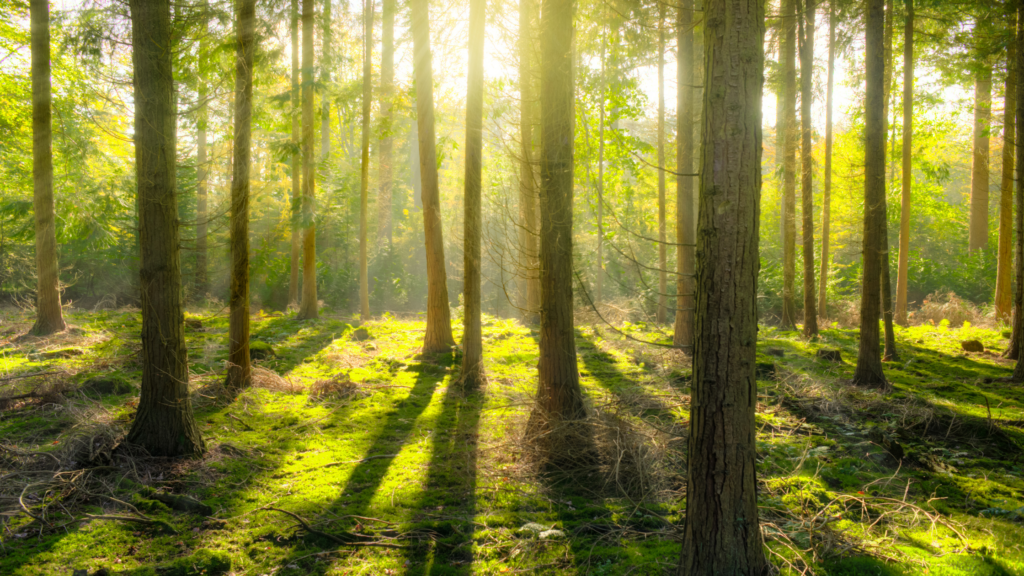A few months ago, I attended a retreat hosted by an ecologist named Andy Sudbrock who lives outside of Nashville, Tenn. One of the amazing things we discovered during a walk through the forest was that trees are social creatures who communicate and cooperate with each other in ways that can teach humans lessons. This squares with an eye-opening article in Smithsonian Magazine entitled, Do Trees Talk to Each Other? The fact is, trees are linked to one another through an underground network of fungi.
Their mycelium resembles neural networks in our brain. On the retreat with Andy, we actually saw a tree that had been injured by insects and appeared to send some sort of warning signal to a nearby pine that produced defense enzymes to protect against the insects. Trees have been known to share nutrients at critical times to keep each other healthy. As a matter of fact, the oldest trees are even able to pass along wisdom to younger trees around them.
What makes all of this so important is that trees turn carbon dioxide to oxygen during the process of photosynthesis, which improves air quality. They also assist with conserving water, as well as supporting wildlife and the climate. In addition, there’s a symbiotic relationship between trees and psilocybin, which we actually took psilocybin before walking through the woods during the retreat. Microdosing psilocybin allows you to integrate more with your surroundings, and just sitting beside a tree for a period of time will elevate the spirit in remarkable ways.
Related Article:
Expression of humanity and vulnerability enriches psychedelic retreat
How to safely microdose your way through the week
